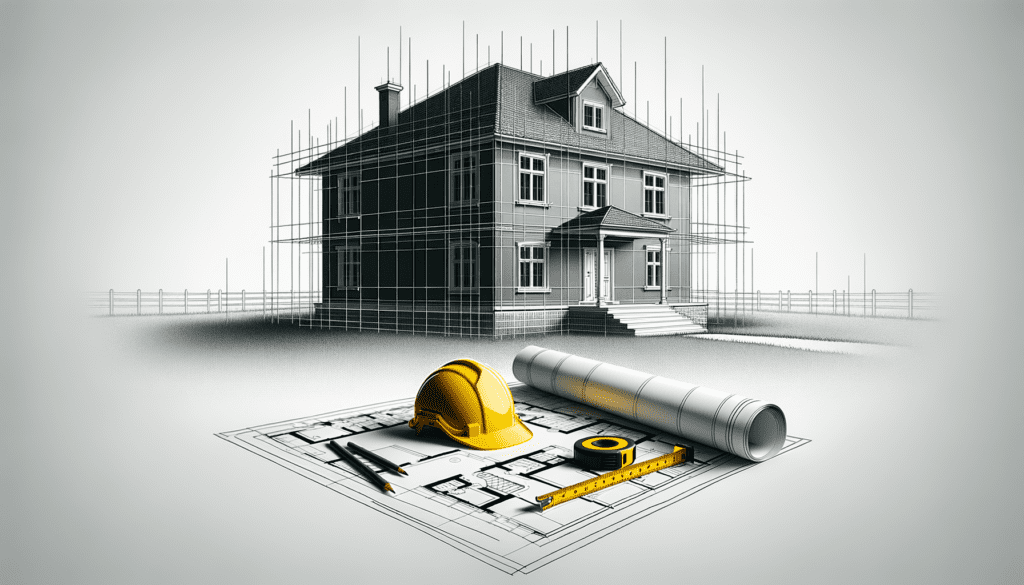The latest numbers from the National Association of Home Builders (NAHB) paint a sobering portrait of an industry under stress. In March, builder confidence in the market for newly built single-family homes plummeted, recording the lowest confidence level in seven months. The standard bearer for measuring industry sentiment, the Housing Market Index (HMI), dropped notably from 42 to 39.
This isn’t just another modest downturn in economic data—it’s a clear signal of the growing strain so many builders are experiencing today, a strain intensifying from a combination of costly policies, increasing vulnerability across the housing market, and an escalating economic uncertainty.
Tariffs and the High Cost of Construction
One major culprit in this troubling downturn is the recent introduction of tariffs on imported materials, particularly steel and aluminum. According to builders, this policy measure alone is amplifying costs by approximately $9,200 per home. Thus, amidst already soaring housing prices, prospective homebuyers find themselves deterred by even higher barrier costs.
The situation has created a dual pressure: builders face increased expenses that deter potential buyers, while wider economic uncertainty amplifies caution across the market. NAHB Chairman Buddy Hughes highlighted this perfectly, reflecting on the “elevated building material costs, exacerbated by tariff issues, combined with ongoing supply-side challenges—especially labor and lot shortages—that are complicating builders’ abilities to operate effectively.”
Indeed, the strain is palpable. More than ever before, builders are now forced to cut their prices dramatically to entice wary buyers. In fact, survey results indicate that 29% of builders reduced prices in March, an uptick from 26% the prior month, with the average reduction steady at approximately 5%. Such reductions are indicative of a market working hard to find equilibrium between elevated costs and inhibited buyer demand.
A Deeper Look: Declining Buyer Interest and Economic Unease
Despite builders’ significant price cuts, the index measuring prospective buyer traffic notably fell to a sobering 24 points, underscoring substantial and growing buyer reluctance. Buyers are evidently staying away, deterred not only by upfront costs but also by the wider and unsettling uncertainty of the economic landscape.
NAHB Chief Economist Robert Dietz outlined the broader implications, remarking that the prevailing uncertainty surrounding policy impacts is fundamentally “negatively affecting home buyers and their development decisions.” At stake is consumer confidence itself—an essential prerequisite to a thriving housing market.
This consumer impression mirrors other recent data pointing toward declining economic confidence overall, echoing previous downturns historically linked to strict tariff regimes. The current state of affairs raises a crucial question: Are tariffs and trade restrictions exacerbating problems they intended to solve?
“The tariffs were intended to bolster domestic production, but inadvertently, they’ve imposed significant financial stress on American homebuilders and buyers alike.”
Addressing Structural Challenges
The industry’s recent struggles aren’t solely the product of temporary tariff-based stresses, but rather symptoms of deeper structural issues that require fundamental reform and support. With ongoing labor and lot shortages further complicating the construction climate, an increasing chorus of voices advocates for more comprehensive and progressive policy measures.
Reforms are necessary that not only reduce tariffs but also address the supply-side problems facing builders today. Encouraging policies that improve labor availability, streamline development processes and foster sustainable building practices could alleviate market instability, creating a more resilient housing environment.
For example, incentivizing sustainable construction practices and expanding apprentice programs could ease current labor shortages, providing industry stability while promoting a greener, more sustainable housing infrastructure in the long run.
The effectiveness of such policies would undoubtedly become evident in stabilizing cost variations and enhancing buyer attraction. Builders would no longer face unsustainable pressures to repeatedly slash prices—pressures that currently discourage and disrupt both the industry and potential homeowners alike.
Still, amidst these significant challenges, there’s some cautious optimism. Certain builders have welcomed recent regulatory relief initiatives, potentially offsetting rising costs to a degree. Efforts to simplify zoning laws and hasten approval processes are incremental yet positive steps that might yield significant impacts on building speed and cost controls.
The path forward for the housing market remains particularly cloudy. However, the events of March clearly illustrate how critical thoughtful economic and housing policy will become. A proactive approach that centers on reducing market uncertainty, removing barriers to consumer confidence, and providing structural supports for the industry could help restore confidence and avert deeper economic disruptions.
Ultimately, homebuilder sentiment isn’t just an indicator within the housing market; it’s a critical bellwether for broader economic health. As builders signal their struggles, policymakers must heed their call, recognizing the broader implications of their decisions. The road ahead requires careful, progressive policy-making to navigate the economic intricacies and uncertainties of our time, ultimately fostering a resilient, equitable housing landscape that benefits all Americans.

